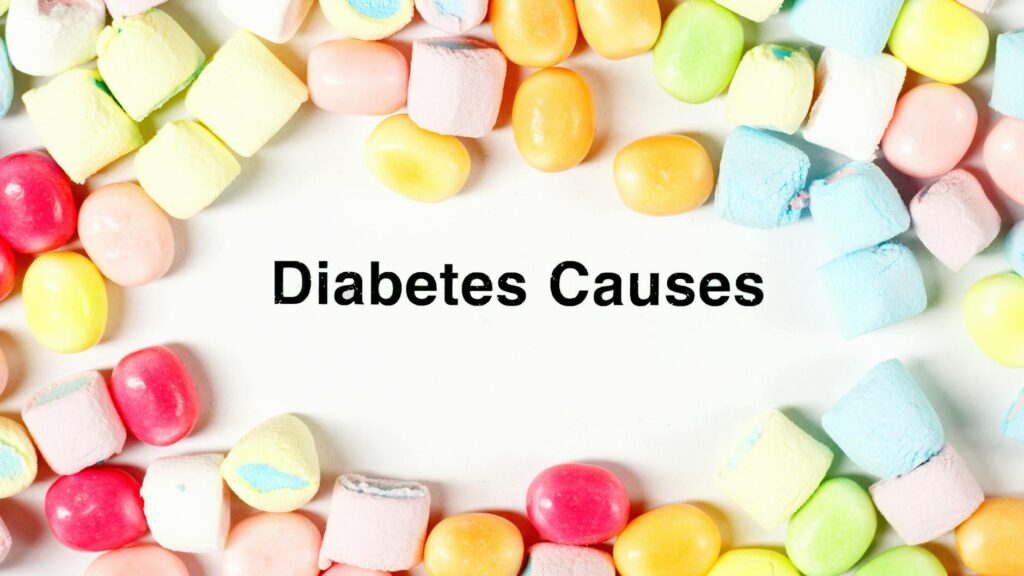That Extra Pinch of Salt? ICMR Says It’s Riskier Than You Think
Okay, be honest—how many times have you absentmindedly sprinkled salt on your food today? If you’re like most Indians, probably more than you realize. And here’s the thing: that innocent-looking salt shaker might be causing more harm than you’d imagine. A recent report from the Indian Council of Medical Research (ICMR) and the National Institute of Epidemiology (NIE) dropped some truth bombs about how our love for salty foods is quietly wrecking our health. Hypertension, heart trouble, kidney issues—you name it. Let’s break it down in plain terms.
What the ICMR-NIE Study Found (And Why It Matters)
The Hard Numbers
Here’s the kicker: the average Indian gulps down 8–11 grams of salt every day. That’s nearly double what the WHO suggests—which is just 5 grams (about a teaspoon). Crazy, right? And it’s not just about the salt you add while cooking. The real culprits often hide in plain sight.
Health Problems You Might Not See Coming
- High Blood Pressure: Too much salt makes your body hold onto water like a sponge, putting pressure on your blood vessels. Not good.
- Heart Attacks & Strokes: All that extra pressure? It’s like constantly overinflating a balloon—eventually, something’s gotta give.
- Kidney Trouble: Your kidneys work overtime filtering out the excess salt. Imagine running a marathon every day—that’s what you’re putting them through.
Why Salt Sneaks Up On You
The Science Bit (Simplified)
Sodium’s job is to balance fluids in your body. But go overboard, and it’s like tipping over a glass of water—everything gets messy. Ever feel puffy after eating something really salty? That’s your body’s SOS signal.
The Slow Burn Effect
Here’s what they don’t tell you: high salt intake doesn’t just affect your blood pressure. Over time, it can weaken your bones (bye-bye, calcium) and even increase chances of stomach cancer. The scary part? You won’t feel it happening until it’s too late.
Where Salt Hides (Even in “Healthy” Foods)
Packaged Stuff Is the Worst Offender
Watch out for:
- Those addictive chips and instant noodles (we all know which brands)
- Store-bought sauces and soups—they’re basically salt with some extra ingredients
Eating Out? You’re Probably Getting a Salt Overdose
That delicious plate of chaat or biryani from your favorite stall? Yeah, it’s basically a salt mine. Even salads aren’t safe—restaurants drown them in salty dressings.
Everyday Foods You Wouldn’t Suspect
Pickles, papads, even bread and cheese—they’re all packing way more sodium than you’d think. Check the labels sometime. You’ll be shocked.
How Much Salt Is Actually Okay?
The Official Word
Stick to 5g per day max (that’s one teaspoon total). If you’ve got blood pressure or kidney issues? Even less.
Your Body’s Warning Signs
- Always thirsty? Feet looking puffy? Could be salt.
- Regular headaches or higher blood pressure readings? Red flags.
Simple Ways to Cut Back (Without Missing Out)
In Your Kitchen
- Get creative with herbs and spices—turmeric, cumin, oregano can work magic.
- Pro tip: Rinse canned foods under water. Sounds weird, but it washes away loads of added salt.
At the Store
Look for:
- Anything labeled “low-sodium” (but still check the numbers)
- Products where sodium is under 120mg per 100g
When Eating Out
Just ask them to go easy on the salt. And maybe skip the extra chutneys and sauces—they’re basically liquid salt.
Flavor Boosters That Aren’t Salt
Natural Alternatives
Garlic, ginger, lemon juice—they add serious flavor without the sodium hit. Love that umami taste? Try mushrooms or tomatoes.
About Those “Low-Sodium” Salts
Potassium salts can help some people, but if you’ve got kidney problems? Definitely talk to a doctor first.
What’s Being Done About This?
ICMR’s pushing for:
- Getting companies to use less salt in processed foods (good luck with that)
- Teaching people how to read labels and cook healthier at home
The Bottom Line
We all need some salt—but right now, most of us are swimming in it. Small changes can make a big difference to your health down the road. Pass it on—your family and friends probably have no idea how much salt they’re really eating.
Questions People Actually Ask
Should I just stop eating salt completely?
Nope—your body needs some sodium to function. It’s about finding the sweet spot.
Is pink Himalayan salt or sea salt better?
They’ve got some extra minerals, but sodium-wise? Pretty much the same as regular salt. Don’t be fooled by fancy packaging.
How do I know if I’m eating too much?
Start checking food labels and maybe get your blood pressure checked regularly. Knowledge is power.
Can I just exercise more to balance out salt?
Exercise helps, sure, but it’s not a magic eraser for years of too much salt. Prevention beats cure.
Source: Navbharat Times – Default

